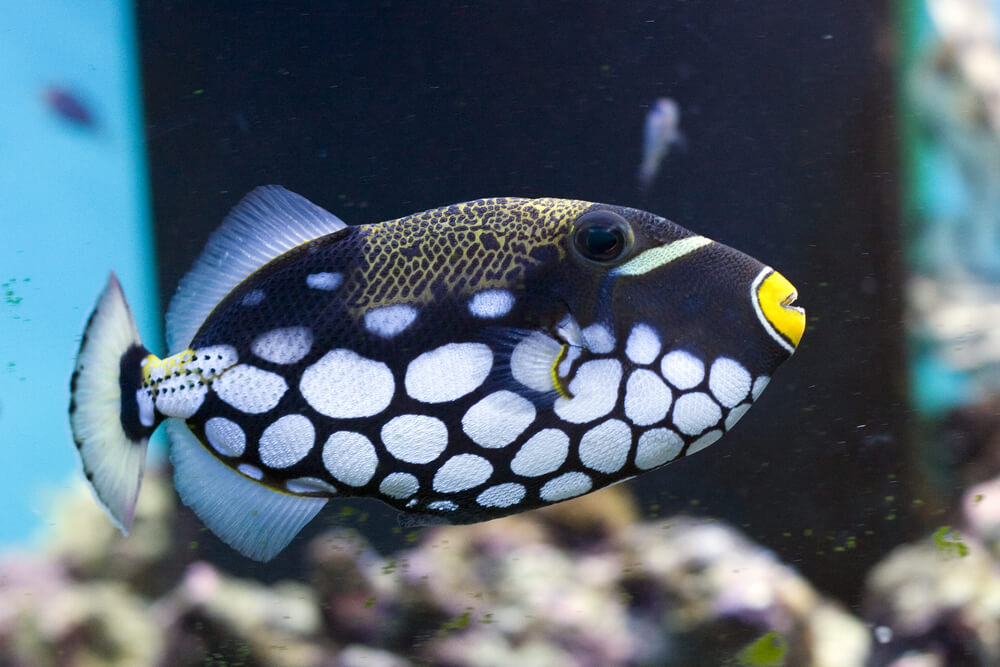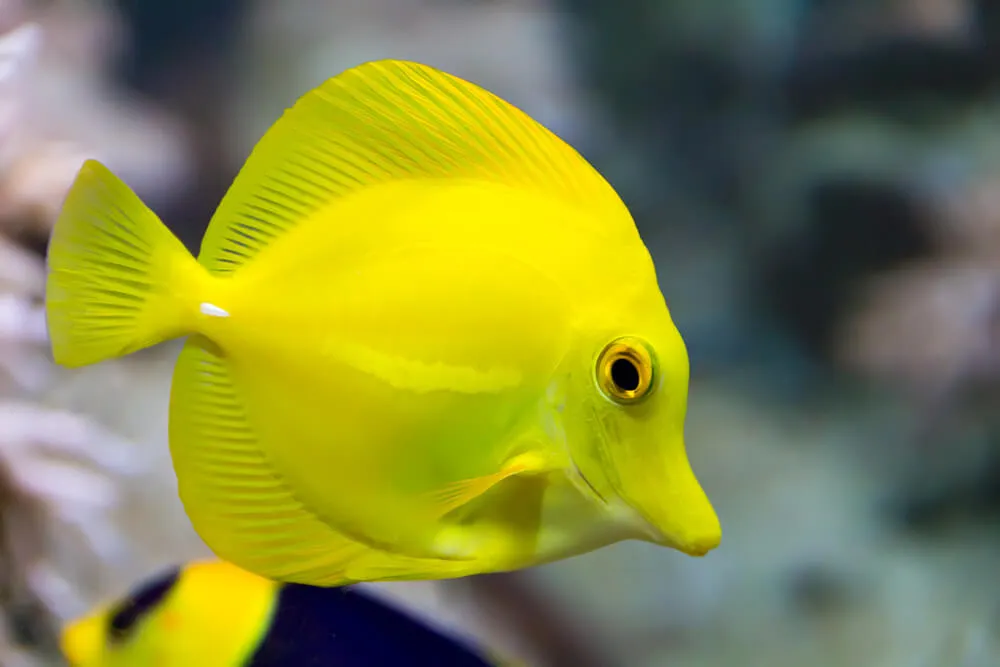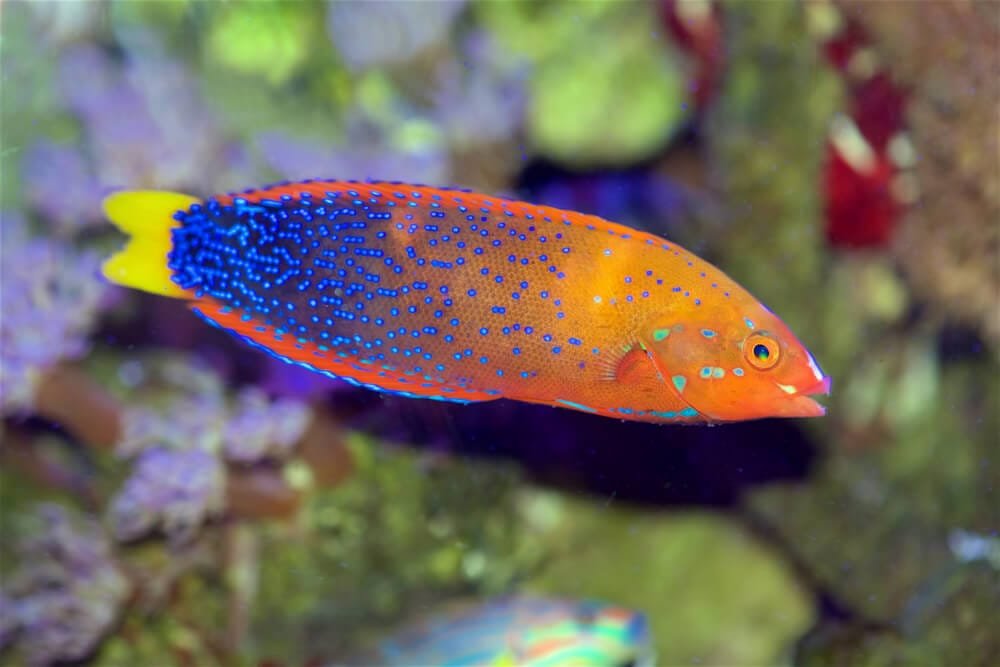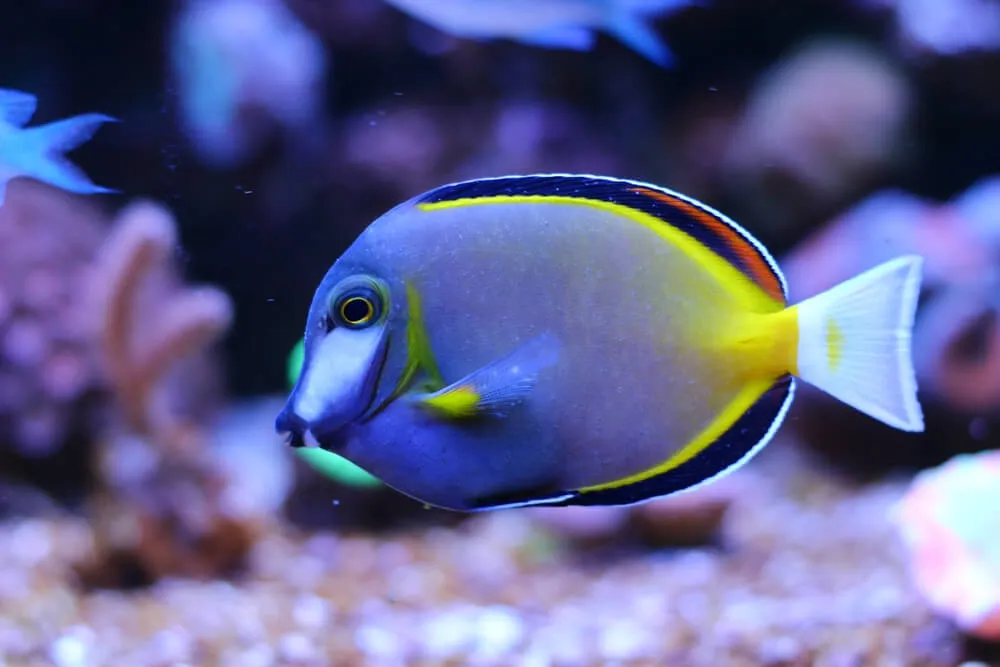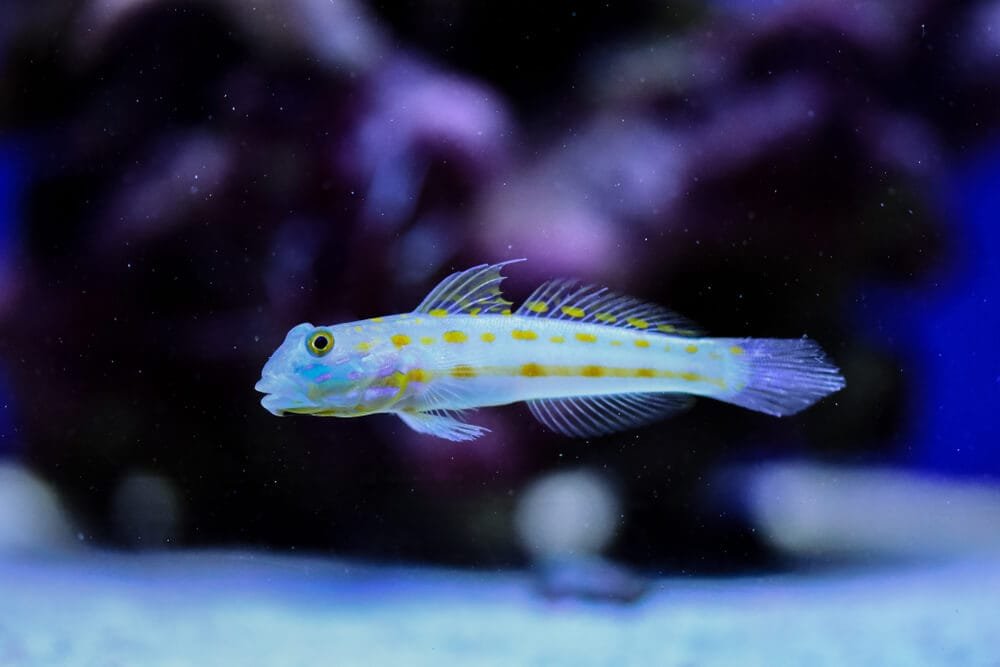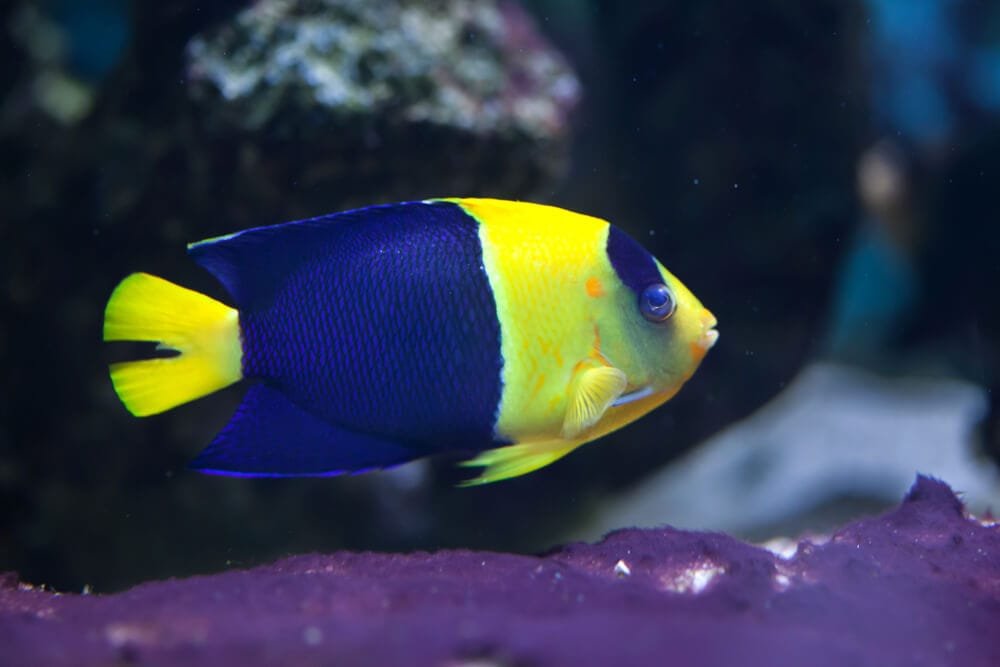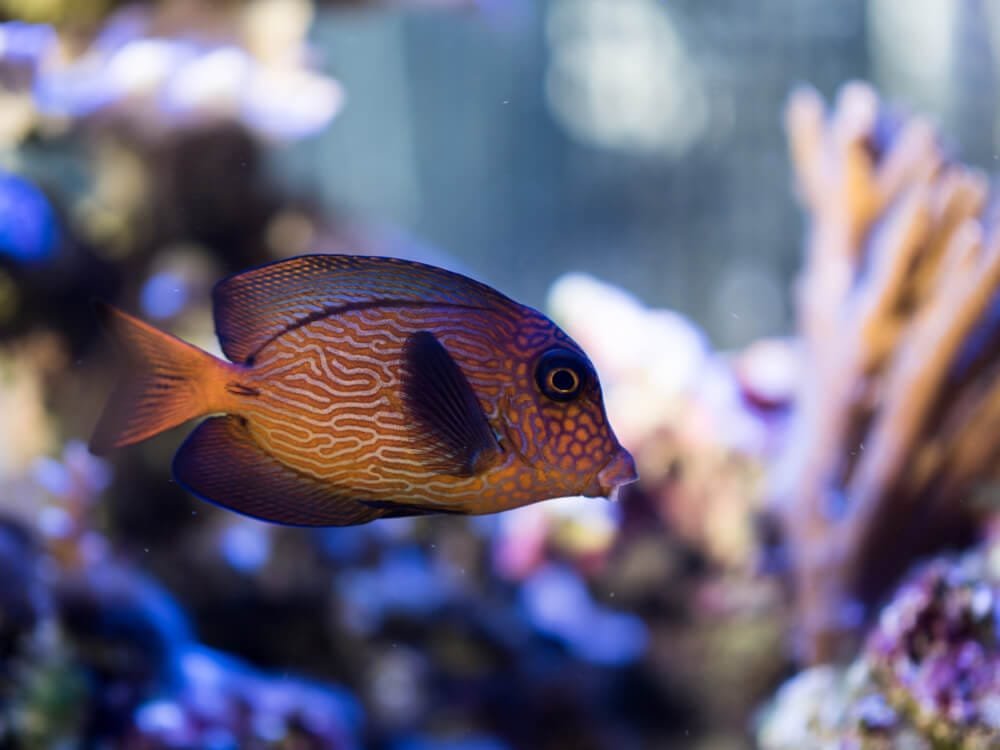The Ultimate Guide to Caring for Midas Blenny
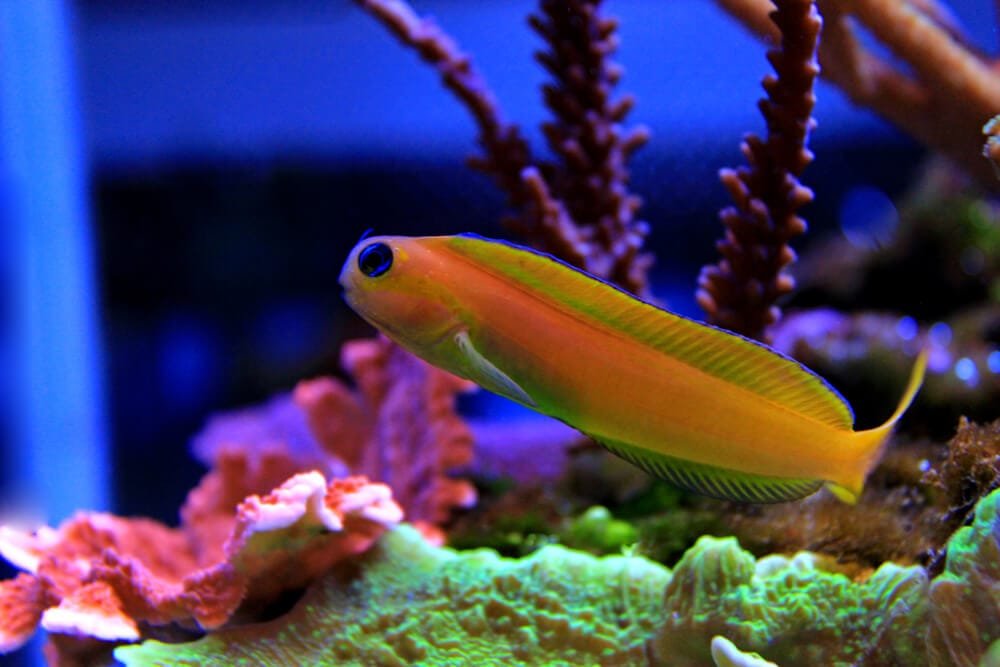
In need of some tips on caring for Midas Blennies? Look no further! Whether you’re a seasoned fish owner or a first-time hobbyist, this comprehensive guide has got you covered. From their vibrant coloring to their unique personalities, Midas Blennies make a captivating addition to any saltwater aquarium. Learn everything you need to know about their habitat, diet, and behavioral tendencies to ensure these little creatures thrive under your care. So grab your fishnet and get ready to dive into the world of Midas Blennies!
Tank Setup
Tank Size
When setting up a tank for your Midas Blenny, it’s important to provide them with a suitable environment that mimics their natural habitat. Depending on the number of Midas Blennies you plan to keep, a tank size of at least 30 gallons is recommended. This will give them enough space to swim and explore while also allowing for the addition of suitable tank mates.
Water Parameters
Maintaining proper water parameters is crucial for the health and well-being of your Midas Blenny. They thrive in a marine environment with a temperature range of 72-78°F (22-25°C) and a salinity level between 1.020 and 1.025. It’s important to regularly monitor and adjust these parameters to ensure your Blenny remains healthy.
Rockwork and Hiding Places
Midas Blennies are known to be bottom dwellers, therefore providing them with ample rockwork and hiding places is essential. This will allow them to establish their territory and feel secure in their surroundings. Utilize live rock to create caves, crevices, and overhangs where your Blenny can retreat and feel safe. This will also aid in replicating their natural habitat, providing them with a sense of familiarity.
Lighting
Proper lighting is important not only for the aesthetic appeal of your tank but also for the health and well-being of your Midas Blenny. They prefer a moderate lighting intensity, so it’s recommended to use a combination of full-spectrum and actinic lighting to provide a balanced and natural-looking environment for your Blenny. It’s crucial to maintain a consistent lighting schedule to ensure their behavior and overall health.
Tank Mates
Compatible Fish
When choosing tank mates for your Midas Blenny, it’s important to consider their compatibility and avoid species that may exhibit aggressive behavior. Midas Blennies tend to be peaceful and can coexist with a variety of marine fish species, such as clownfish, gobies, and certain species of wrasses. It’s always recommended to research the temperament and specific requirements of potential tank mates before introducing them into your tank.
Avoiding Aggressive Species
While Midas Blennies are generally peaceful, it’s crucial to avoid aggressive species that may pose a threat to their well-being. Aggressive fish, such as triggerfish, pufferfish, or large predatory species, should be avoided as they may harass or even harm the Blenny. It’s always good practice to observe the behavior of potential tank mates before introducing them into the same tank.
Other Midas Blennies
Midas Blennies can be territorial, especially towards members of their own species. It’s generally recommended to keep only one Midas Blenny per tank unless you have a large tank with ample hiding spaces and territories. Keeping multiple Midas Blennies in a small tank can lead to aggressive behavior and territorial disputes. It’s best to observe their behavior carefully and provide enough space and hiding places for each Blenny.
Feeding
Dietary Requirements
Midas Blennies are omnivorous and require a varied diet to ensure optimal health. Their diet should consist of a combination of high-quality marine fish flakes, pellets, frozen or live foods, and even some vegetable matter. It’s important to provide a balanced diet that includes both protein-rich foods, such as brine shrimp and mysis shrimp, as well as algae-based foods like seaweed sheets or spirulina flakes.
Feeding Schedule
To ensure your Midas Blenny receives proper nutrition, it’s recommended to feed them small amounts multiple times a day. This helps mimic their natural feeding behavior and prevents overfeeding, which can lead to poor water quality. Aim to feed them 2-3 times a day, providing only what they can consume in a couple of minutes. This will help maintain good water quality and prevent any unnecessary health issues.
Suitable Foods
In addition to commercial marine fish flakes and pellets, Midas Blennies will greatly benefit from the inclusion of live or frozen foods in their diet. Brine shrimp, mysis shrimp, and copepods are excellent sources of protein that will promote optimal growth and vibrant colors. Additionally, providing them with algae-based foods, such as seaweed sheets or spirulina flakes, will support their natural grazing behavior and contribute to their overall health.
Behavior
Territorial Nature
Midas Blennies have a territorial nature, often establishing their own specific territory within the tank. They are known to perch on rocks or coral rubble and may defend their space from other fish, especially if they perceive them as a threat. It’s important to provide ample hiding places and territories within the tank to prevent conflicts with other fish and to promote a harmonious environment for all tank inhabitants.
Mating and Reproduction
Midas Blennies, like many other blenny species, exhibit interesting mating behaviors. Males often perform courtship displays by swimming in a zigzag pattern, displaying their vibrant colors, and even building nests. Females are known to lay adhesive eggs on the substrate or in crevices, which the male then guards and cares for until they hatch. While breeding within the aquarium setting can be challenging, providing suitable rockwork and nesting spots can encourage natural breeding behavior.
Tolerance towards Other Species
Midas Blennies are generally tolerant of other fish species as long as they do not encroach on their territory. However, individual Blennies can vary in temperament, so it’s important to carefully observe their interactions with tank mates. It’s crucial to ensure that there is enough space, hiding places, and established territories for each fish to reduce the likelihood of aggressive behavior. Monitor their behavior closely to detect any signs of stress or aggression, and take necessary steps to prevent any harm to the Blenny or other tank mates.
Health
Common Diseases
Like any other fish, Midas Blennies are susceptible to certain diseases. Some common ailments that they may encounter include ich, fin rot, and fungal infections. It’s important to regularly monitor their behavior, appetite, and physical appearance for any signs of illness, such as abnormal swimming patterns, changes in coloration, or visible lesions. Being proactive with regular water testing and maintaining high water quality will help prevent stress-related diseases and bolster their overall health.
Signs of Good Health
A healthy Midas Blenny will display vibrant colors, a voracious appetite, and active swimming behavior. Their fins should be intact, and their skin should be free from abnormalities or lesions. They should exhibit a curious nature and readily interact with their environment and tank mates. Regular observation and monitoring of their behavior and physical appearance will help you identify any potential health issues at an early stage and seek appropriate treatment if necessary.
Dealing with Illnesses
If you notice any signs of illness or disease in your Midas Blenny, it’s crucial to act promptly to prevent further deterioration of their health. The first step is to quarantine the affected fish to minimize the chances of spreading the illness to other tank inhabitants. Consult with a reputable aquatic veterinarian to accurately diagnose the disease and receive appropriate treatment options. It’s important to follow the recommended treatment protocol and, if necessary, adjust the tank environment to aid in the fish’s recovery.
Breeding
Setting up a Breeding Tank
Successfully breeding Midas Blennies in an aquarium setting can be challenging but rewarding. To increase the chances of breeding success, it’s important to set up a separate breeding tank. This tank should have suitable rockwork and hiding places to mimic their natural habitat. It’s also vital to closely monitor and maintain stable water parameters, including temperature, salinity, and pH levels. Providing optimal conditions will encourage natural breeding behaviors and increase the likelihood of successful reproduction.
Breeding Behavior
Midas Blennies exhibit fascinating breeding behavior, with males constructing nests and performing courtship displays to attract females. Once the female lays adhesive eggs, the male guards and cares for them until they hatch. It’s important to provide a suitable environment that encourages and supports these natural breeding behaviors. Patience and careful observation are key during this process as successful breeding may take time and multiple attempts.
Caring for Fry
When the Midas Blenny eggs hatch, the fry should be removed from the breeding tank and transferred to a separate rearing tank. The fry can be fed with newly hatched brine shrimp or commercially available fry food designed specifically for small marine fish. Maintaining stable water conditions, providing appropriate nutrition, and minimizing stress will help ensure their successful development and growth. Regular monitoring and careful attention to their needs will contribute to their overall well-being.
Tips for Success
Research and Planning
Before embarking on the journey of caring for Midas Blennies, it’s important to conduct thorough research and plan accordingly. Familiarize yourself with their specific care requirements, compatible tank mates, and potential challenges associated with their breeding. This will ensure you are fully prepared to provide the ideal environment and support their overall health and well-being.
Regular Water Testing
Maintaining good water quality is critical for the health and vitality of Midas Blennies. Regularly test the water for parameters such as temperature, salinity, pH, ammonia, nitrite, and nitrate levels. Monitoring and maintaining stable water conditions will help prevent stress-related illnesses and promote optimal health for your Blenny and other tank inhabitants.
Maintaining Water Quality
In addition to regular water testing, it’s important to establish a consistent maintenance routine to maintain the cleanliness and quality of the tank water. Performing regular water changes, cleaning the filtration system, and removing any debris or uneaten food will help prevent the buildup of harmful substances and maintain a healthy environment for your Midas Blenny.
Observing and Monitoring Behavior
Observing your Midas Blenny’s behavior and physical appearance regularly is essential for detecting any signs of illness or stress. Monitor their feeding habits, swimming patterns, and interactions with tank mates. Any changes in behavior or physical appearance should be promptly investigated to ensure early detection and appropriate action if any health issues arise.
Proper Quarantine Procedures
Introducing new tank mates to your Midas Blenny’s tank can potentially introduce diseases or parasites. It’s crucial to properly quarantine new additions before introducing them into the main tank. This will help prevent the spread of any potential diseases and protect the health of your Midas Blenny and existing tank inhabitants. Quarantine procedures typically involve a period of observation and treatment for newly acquired fish.
Conclusion
Caring for Midas Blennies can be a rewarding and fulfilling experience. By providing them with a suitable tank setup, compatible tank mates, proper feeding, attentive monitoring, and optimal water conditions, you can ensure the health and well-being of your Midas Blenny. Remember to conduct thorough research, observe their behavior regularly, and seek professional advice when needed. With proper care, your Midas Blenny will flourish and bring beauty to your marine aquarium for years to come.

